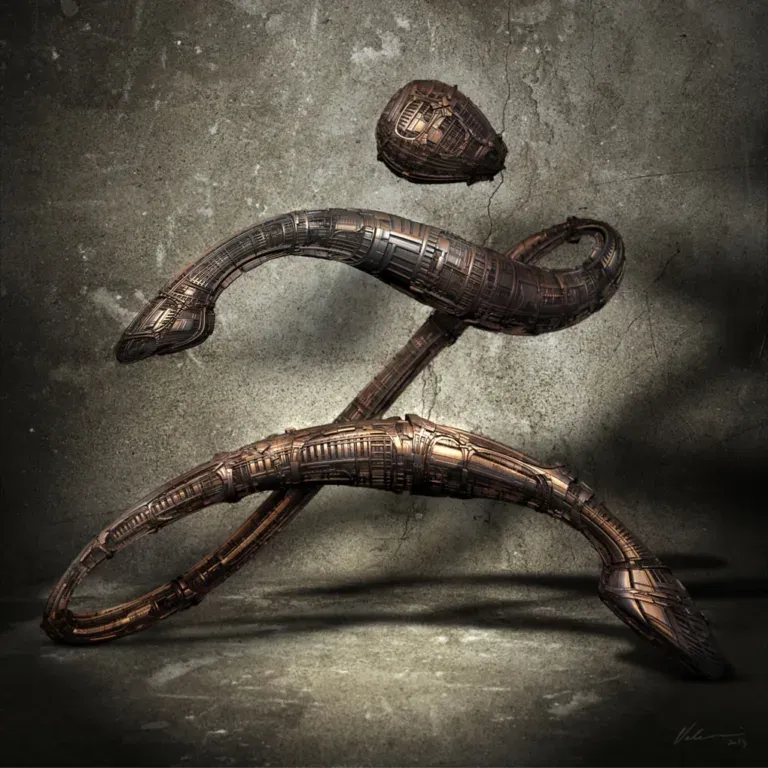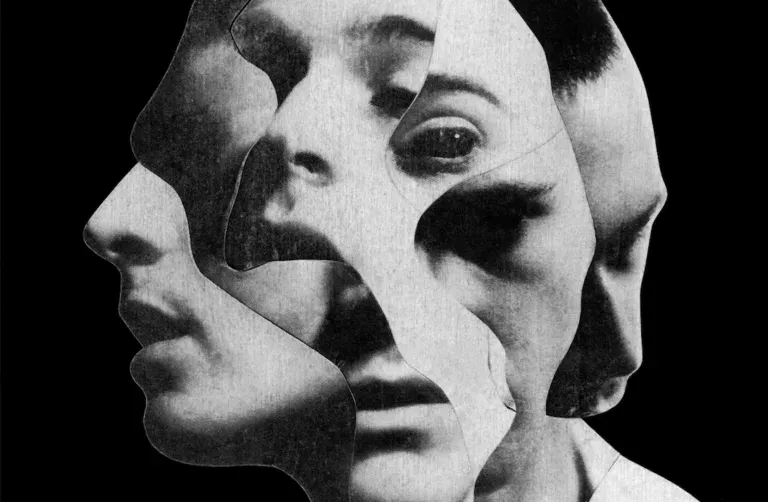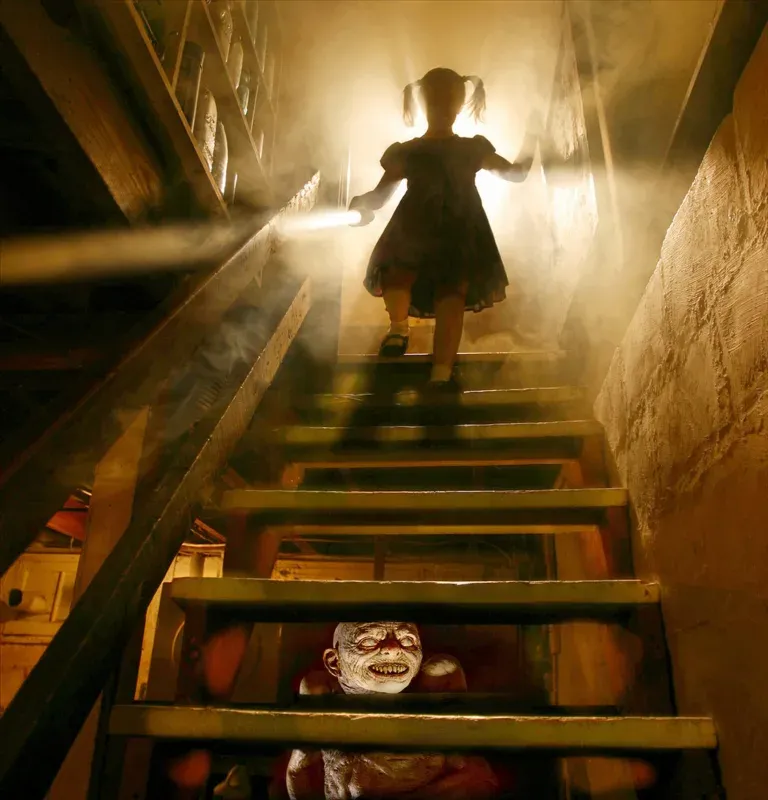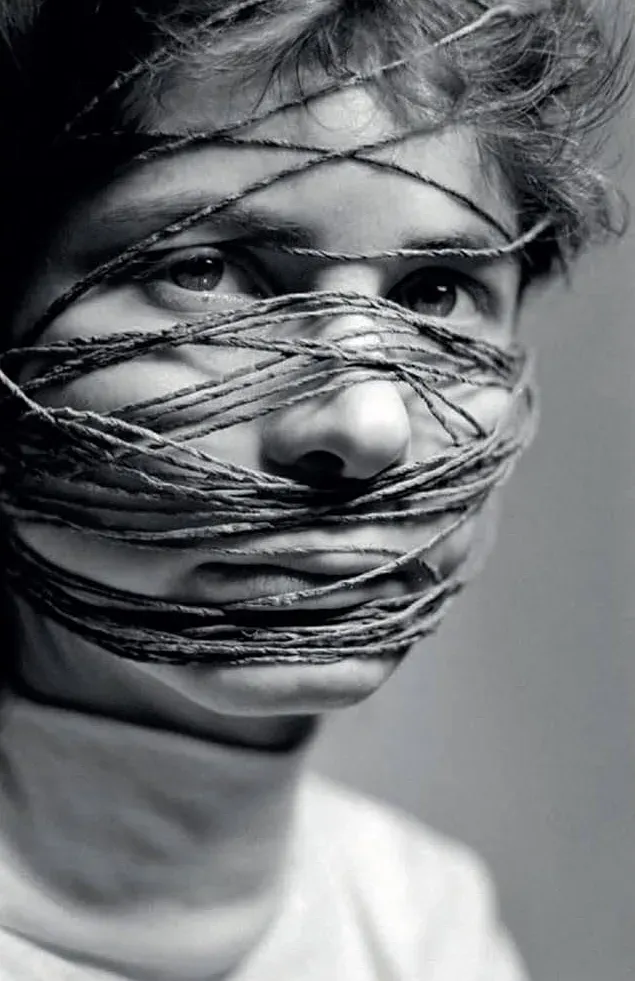The Solitude of Hengki Koentjoro
The Solitude of Hengki Koentjoro
Hengki Koentjoro is a highly talented Indonesian photographer, known for his black-and-white work that delves into the depth of the human condition and nature. One of the most powerful and recurring themes in his photography is solitude. His images not only capture physical isolation but also emotional solitude, inviting the viewer to reflect on their own existence and inner experiences.
 The Aesthetic of Black and White
The Aesthetic of Black and White
The first aspect that strikes you about Hengki Koentjoro’s photos is his masterful use of black and white. This chromatic choice is not accidental but rather a deliberate decision to remove color, which is often distracting, in order to focus on the essence of the scene. In this way, the viewer’s attention is directed toward lines, shapes, shadows, and light. In this context, black and white becomes a visual language that expresses solitude in a more raw and universal way. Without the distraction of color, solitude appears more bare, more real.
Solitude in Nature
Many of Hengki’s photographs depict natural landscapes, often desolate and devoid of human presence. His shots of vast stretches of water, solitary trees, and endless skies evoke a sense of vastness and emptiness that reflects the feeling of solitude. Nature in his images becomes a metaphor for existence itself: beautiful, mysterious, but also inexorably isolated. A single tree in an open field, a solitary boat on the ocean, or a bird flying in the empty sky—these images speak of the intrinsic solitude in nature and, by extension, in human life.
 The Isolation of the Soul
The Isolation of the Soul
Beyond the physical representation of solitude, Hengki manages to capture inner isolation. His images are often imbued with a sense of melancholy and introspection. The empty spaces, deep shadows, and soft lights create an atmosphere of solitary reflection. This kind of solitude is not necessarily negative; rather, it is a moment of quiet and introspection, where the individual confronts themselves, far from the noise of the external world. There is a sad beauty in this solitude, a kind of peace that Hengki manages to depict with incredible sensitivity.
The Universality of Solitude
Another fascinating aspect of Hengki Koentjoro’s photography is its ability to speak to everyone. Solitude is a universal experience that we all go through at some point in our lives. Through his shots, Hengki makes this feeling visible so that the viewer can recognize it and, in a way, find comfort in it. His images are not only beautiful to look at but also deeply evocative; they are mirrors in which we can reflect on our own experiences of isolation and solitude.
 The Duality of Solitude
The Duality of Solitude
Finally, it is important to note that the solitude in Hengki Koentjoro’s works is not presented solely as a negative experience. There is a duality to it: on one hand, solitude can be painful, a feeling of abandonment and isolation; on the other, it can also be liberating, an opportunity for personal growth and contemplation. Hengki skillfully balances these two perspectives in his images, showing that solitude is not a one-dimensional concept but rather a complex and multifaceted experience.
Conclusion
Hengki Koentjoro’s photographs of solitude are much more than simple images; they are deep reflections on the human experience. Through his use of black and white, the depiction of nature, and the evocation of inner isolation, Hengki invites us to explore the various aspects of solitude. His images are both beautiful and unsettling, capable of touching deep chords in the human soul. In a world that is increasingly connected yet often superficial, his works remind us of the importance and beauty of those moments of solitude in which we can truly connect with ourselves.

Subscribe to our YouTube channel
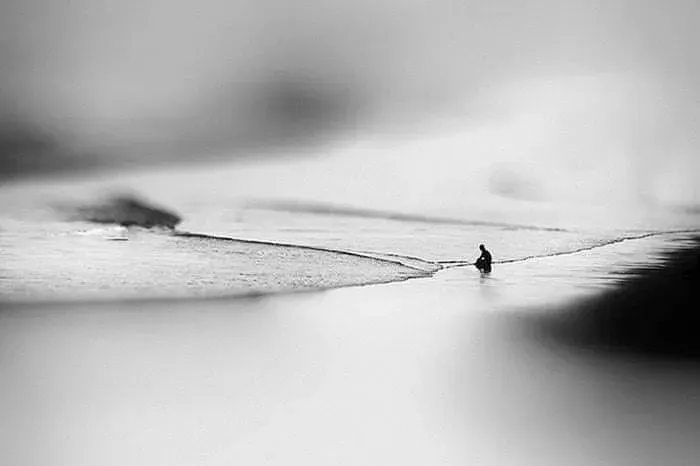
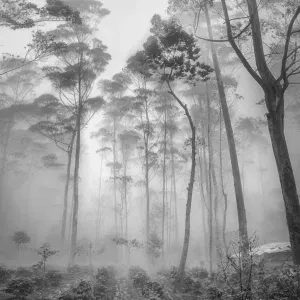 The Aesthetic of Black and White
The Aesthetic of Black and White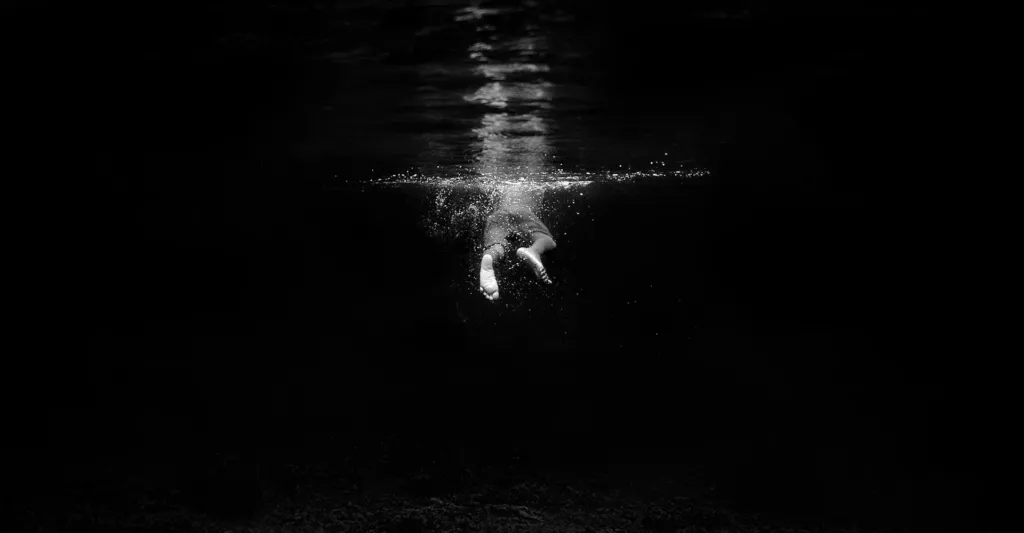 The Isolation of the Soul
The Isolation of the Soul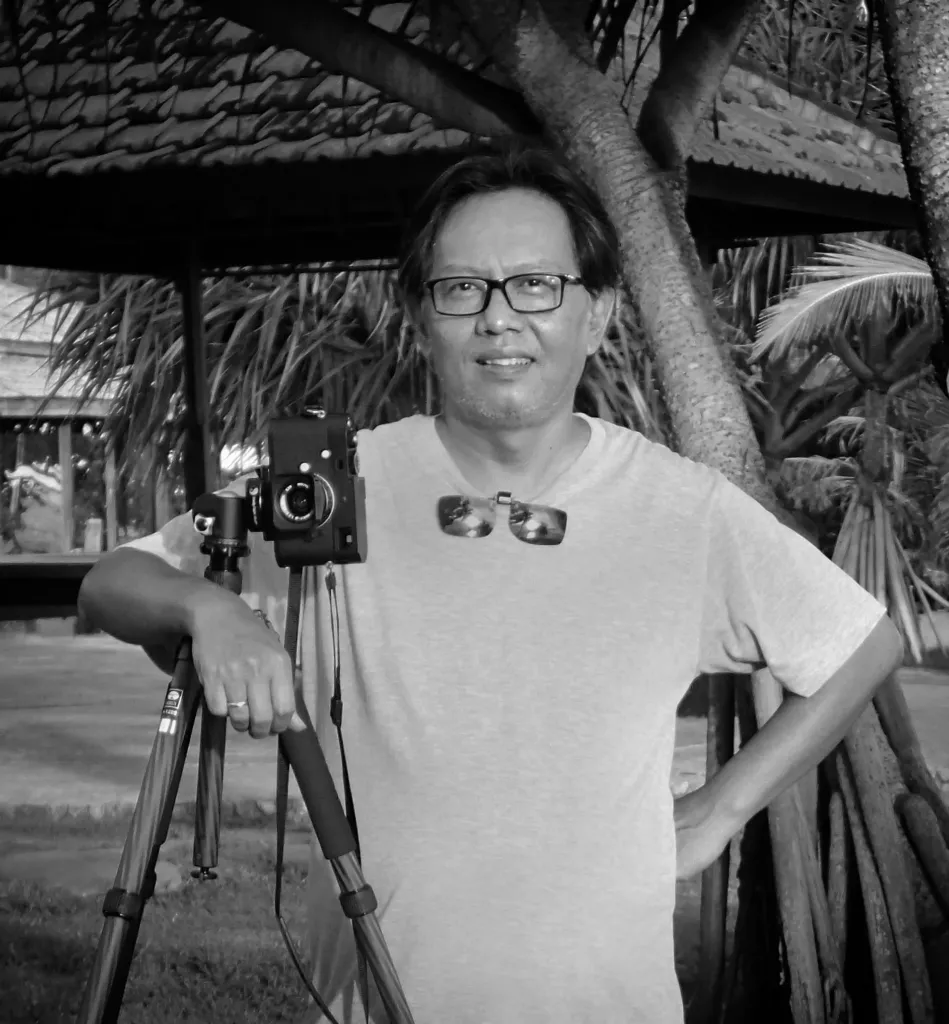 The Duality of Solitude
The Duality of Solitude